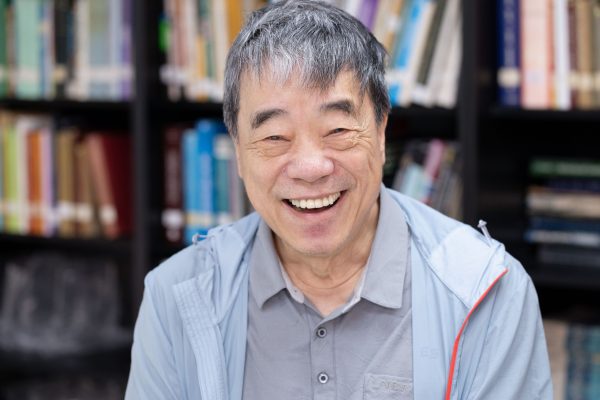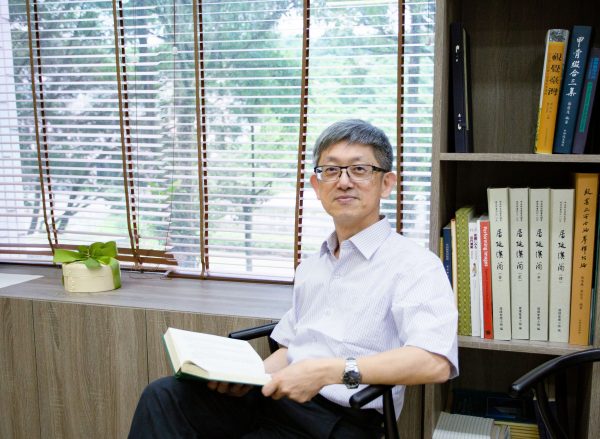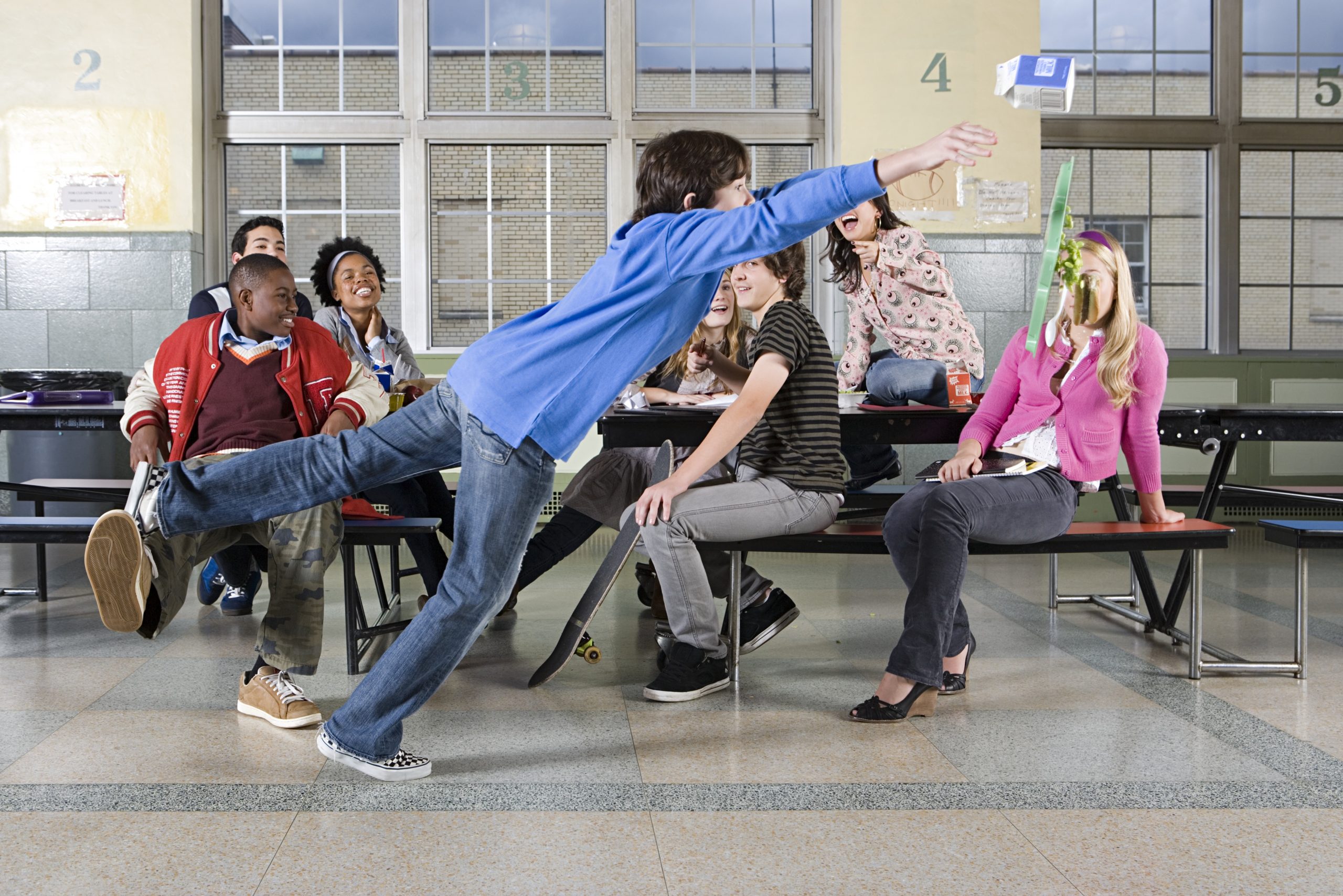
Source | iStock
Competing for status: Not only confined to the imperial harem, teenagers also fight to survive
In the popular television drama, Empresses in the Palace, to ensure their own survival and success, royal concubines form cliques and climb the imperial ladder through schemes of collaboration or backstabbing. Episodes of escalating bullying leaves audiences gritting their teeth. Yet, when the protagonist reverses her misfortunes and climbs to a more favorable position in the imperial harem through entering an alliance with key people, the audience cannot help but feel a sense of glee or metaphorically jump with joy. Status struggles through the formation of alliances and devising favorable strategies to get ahead…do these methods not sound familiar? We used to think of bullying as not a big deal. It is just immature horsing around and just a normal part of growing up — “kids will always be kids” as the saying goes. Yet, this mentality leaves us overlooking the fact that the intricate “friendship networks” and “status competition” are two interrelated and complementary factors that teenagers face in the process of growing up and becoming a young adult. Chyi-In Wu and his research team partnered with middle schools and high schools across northern, central, southern, and eastern Taiwan. His research team observed and studied 49 different classes and 1,077 middle and high school students through questionnaires, interviews, and video recordings. Following these students throughout their three years of middle school or high school life, Wu and his team tracked and analyzed the dynamics and changes within the friendship networks of these students in their respective classes.Wu’s study reveals both good and bad news: The bad news is that there are bound to be classmates who hate you. The good news is that there are definitely classmates who treat and see you as a friend.
What the victim of bullying needs to overcome bullying is this: More people who are willing to stand on his or her side by mustering up the courage to be disliked by others.
There are on average two students in your class who do not like you; these students will not want to have lunch or work on group projects with you. On average, three students treat you as a friend and are happy to study and play together with you. Trying to be well-liked by everyone in your class is the equivalent of making a pig fly. This is why everyone needs to develop the courage to be okay with being disliked by others.
A friend who you like will on average be disliked by one another classmate. As to the classmate you dislike, he will on average be hated by nine other students.
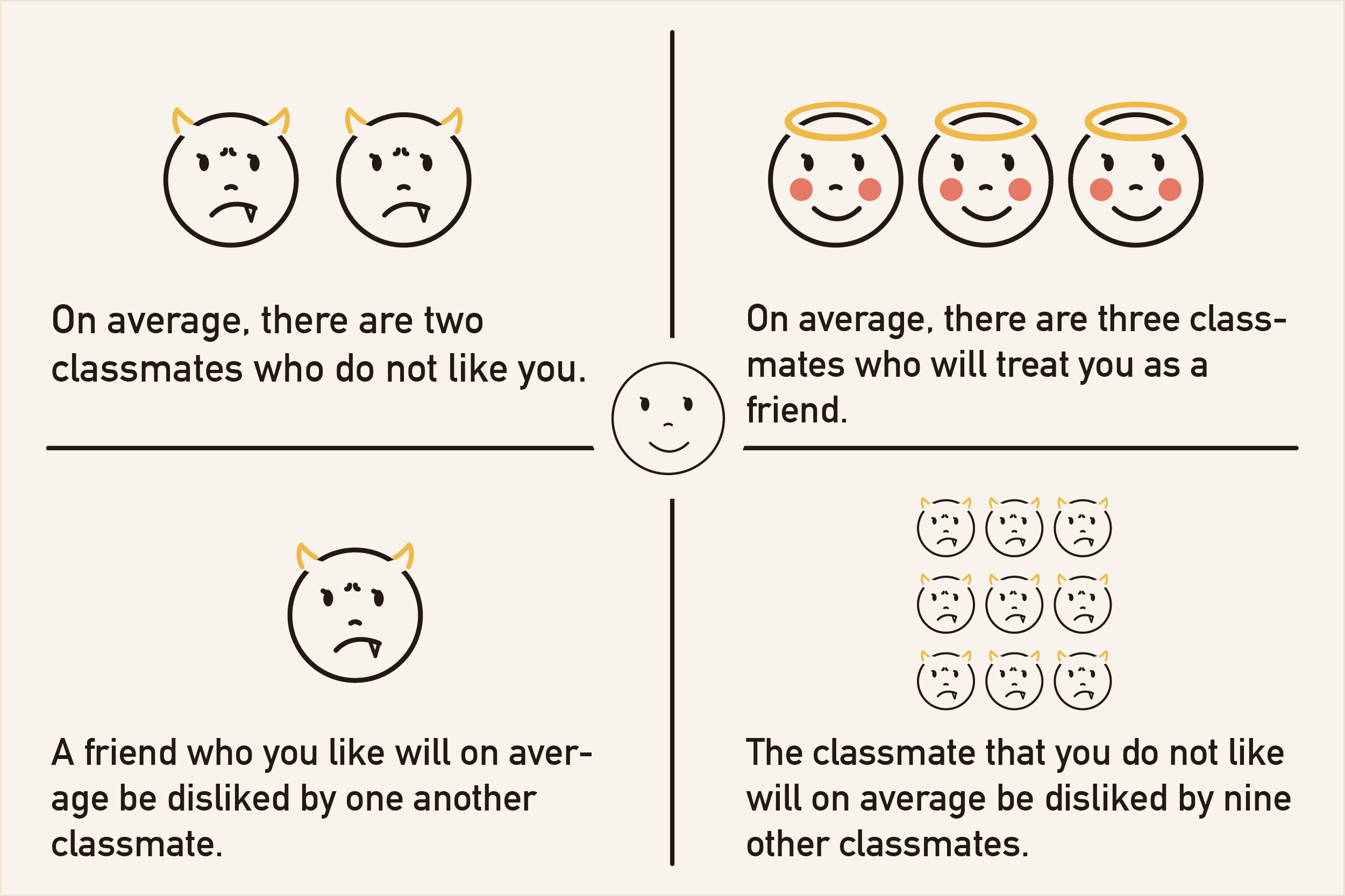
Image | Research for You (Source | Chyi-In Wu)
Being disliked by “nine” students versus being disliked by “one” student. This huge difference is a stark contrast that reveals significant insight.
For a teenager, befriending a student he likes or a classmate who is popular and well-liked by peers will in no way adversely affect his friendship network or threaten his position within the social stratum of his middle or high school class, since this well-liked peer is only disliked by “one” other student.
Conversely, by ostracizing and disliking unwelcomed classmates, a student avoids making enemies with “nine” other students in his class. Otherwise, a student will find himself swept by a storm of hatred and face the same fate of being ostracized and becoming a victim of bullying.
This critical decision of choosing sides is a matter of survival on the playground and can help explain why students turn a blind eye or become an accomplice to bullying. The reality is that each student must figure out and try his best to survive on the campus. Thus, students dare not to rashly muster up the courage to be disliked as this may be easily squandered and used to little or no avail.
Besides the above macroscopic overview of the data collected from 1,077 middle and high school students, by focusing the scope on just one class, this study also observes the interaction between students and the process of how bullying comes to be via a microscopic view.
When competing for status is a must, bullying is merely a strategy
In the figure illustrating the friendship network of a middle school class shown below, each number represents a middle school student. A blue arrow indicates that the corresponding classmate is a friend, and a red arrow indicates that these two students do not like each other. Numbers 1, 6, 12, and 21 in the diagram represent students who are regarded as key players in the friendship network within this class.
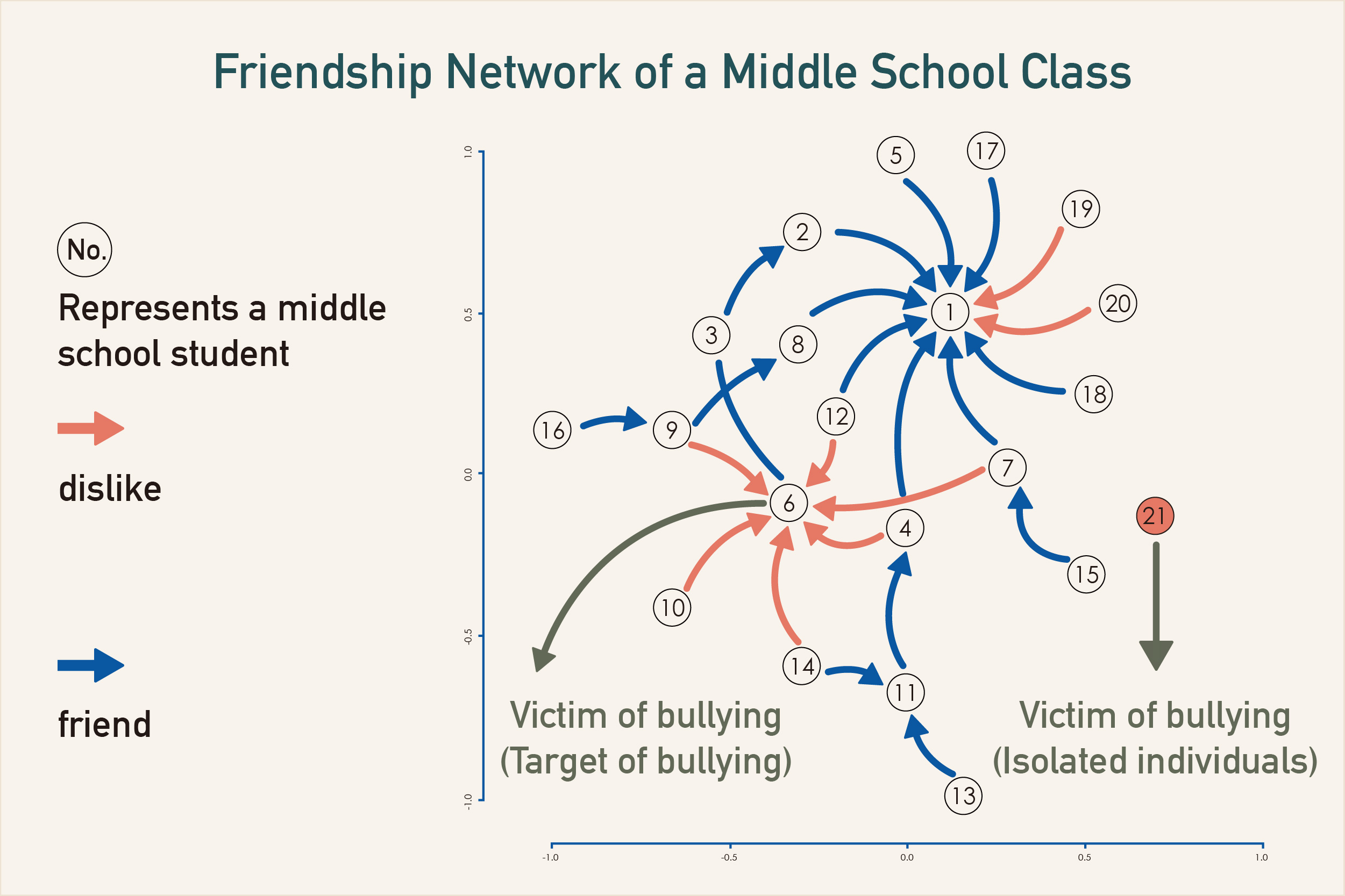
Image | Research for You (Source | Chyi-In Wu)
Student No. 1 is well-liked by certain classmates while also disliked by other peers. He will not succumb to bullying because he has friends who are willing to stand up for him.
Student No. 6 is the “punching bag” of the class—the target of bullying. Classmates all express that they do not like him. As such, he easily becomes an open target. Even when he is bullied, he does not have friends who are willing to stand on his side or lend a helping hand.
Student No. 21 is the outcast of this class. He has no friends, and no one is willing to befriend him. Peers treat him as if he is invisible. He is a victim of a type of “intangible” bullying—the type that often goes unnoticed.
Imagine yourself as the teacher of this class. You now understand the intricacies of this complex friendship network in your class, and you see that Student No. 6 and No. 21 are easy targets of bullying and are often the butt of jokes. What will you do?
Through their study, Chyi-In Wu and his research team have an answer. They found the secret to bully proofing one’s life: Making more friends in your class greatly lowers the chance of being excluded by classmates or becoming the target of bullying.
However, maintaining your class standing amongst classmates usually requires a great deal of time and effort devoted to managing peer relationships. If one group of classmates reject and ostracize you, but you are accepted and welcomed by another group of friends, your chances of becoming an outcast or being bullied is also greatly lowered. This is because you have a comrade in arms willing to fight for you.
As the old Chinese saying goes: “At home, you rely on your parents. Away from home, you rely on your friends.” These are truly pearls of wisdom passed down to us by our ancestors that are not be brushed aside or overlooked. Teachers can use this knowledge to help students in their class.
Typically, two types of students become the target of bullying: outcasts and targets or butts of jokes in the class. These are all youngsters who are in dire need of friends willing to support and stand up for them.
Most teachers and parents assume that bullying is simply part of the normal “growing pains” of adolescence. Students just have a tendency to play rough and pick on each other, but they will grow out of it. Based on this take of the lay of the land, teachers and parents attempt to put an end to bullying by either prosecuting offenders or by providing counseling for students who victimize their peers. Besides punishing offenders, teachers and parents also urge teens not to turn a blind eye to bullying.
Strategies and solutions implemented by figures like teachers and parents, who are third-party outsiders and not part of these students’ friendship networks, can be likened to invoking the help of a higher power. This omniscient power stands on a higher ground and reaches out a “hand of justice” to try to set things right by straightening out a situation that has grown out of hand.
Such solutions completely disregard the social significance and implications behind teen bullying. It also overlooks the complex intricacies along with the fluidity of peer relationships. What needs to be understood is this: Players in this social network view bullying as a powerful strategy and a means to attain a better position or standing in their class. In other words, it’s a method of trying to control a relationship, to move oneself up the ladder by pushing someone else down.
Let’s take a page out of the playbook of the Japanese anime series Doraemon to better understand the intricacies of relationships. The plotline in Doraemon revolves around a robotic cat named Doraemon, who travels back in time from the 22nd century to aid a pre-teen boy named Nobita Nobi (nicknamed “Noby”) and help him navigate life.
Noby is a young boy who suffers from frequent bullying. He is usually tormented by the bullying Takeshi Goda (nicknamed “Gian”) and the cunning and arrogant Suneo Honekawa (nicknamed “Sneech”). Noby owns a variety of gadgets, ranging from toys and medicine to technology from the future.
To gain control of or steal Noby’s toys, Gian is willing to do anything and will stop at nothing. Gian bullies Noby as a way of pushing him down to protect his own standing and status amongst his peers. Afraid to become at odds with Gian and become a target of relentless bullying, Sneech plays along as Gian’s sidekick, becoming an accomplice in bullying Noby.
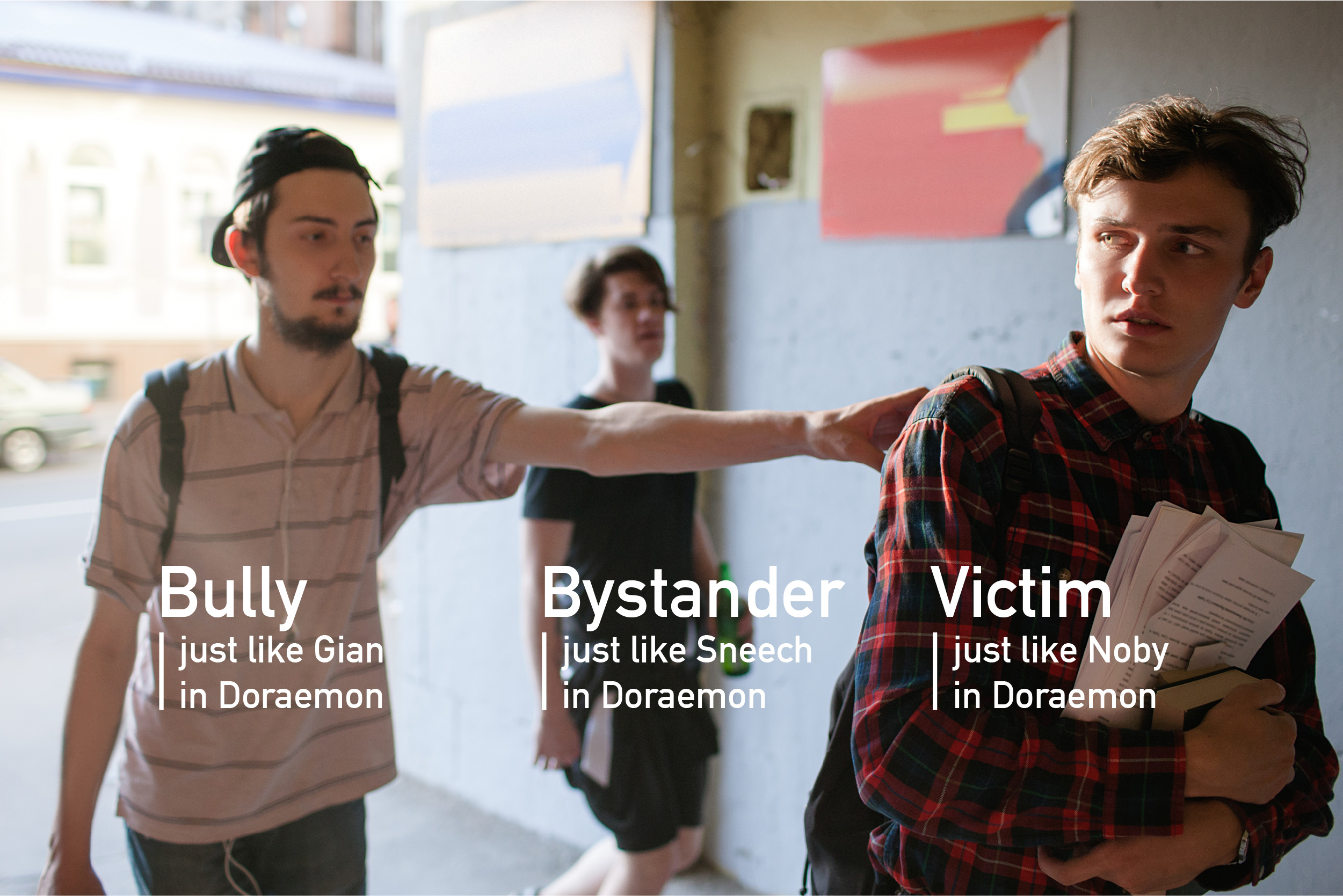
Image | Research for You
Bully, bystander or victim, everyone needs to develop the courage to be disliked
For middle and high school teenagers, besides the limited amount of time they spend at home, their entire day is mostly spent in school with their classmates. Teenagers have more than homework and grades to worry about. The classroom is also an important social setting. Adolescents constantly need to be aware of their interactions with their friends and work hard to both build and maintain relationships.
At the same time, teens also need to observe the fluid and constantly changing state of relationships between other classmates and friends. If a student finds himself drifting apart from his friends due to a lack of effort on his part, then his position in this ever-changing classroom social totem pole will soon be snatched from him. He will be replaced by another eager classmate.
Relationships in friendship networks are not static; they change due to new events or just with the passage of time.
Certain structural changes automatically cause a natural upheaval that shakes up the status quo. Take for example the natural progression from first to second year in high school. Like a game of musical chairs, students are shuffled around and placed in different classes. Similarly, their friendship networks will also be shuffled like a deck of cards and rearranged.
Ancient Chinese text on legalist philosophy Hanfeizi touches upon the tactic of forming vertical and horizontal alliances, which provides us with a lens to understand the structural balance of friendship networks:
Vertical alliances are formed when one joins a number of weak states in hopes of attacking a strong one; horizontal alliances are created when one serves a strong state for the purpose of attacking a number of weak states. (縱者,合眾弱以攻一強也;橫者,事一強以攻眾弱也。)
Stakeholders choose either one of these tactics as a way to ensure their own survival. Such strategy games played by princes and leaders during the Warring States period can also be found on school campuses. We need only replace the “states” and “princes” in question with teenage students.
Adolescents also compete to ensure their own survival on the school campus, and they also frequently change alliances according to the “social climate” of the moment. Hanfeizi offers a useful lens to understand bullying as well as a significant breakthrough in terms of how to put an end to this type of cruel and tormenting behavior.
If existing methods of preventing and ending bullying are not effective, teachers may consider heeding the advice of ancient Chinese philosopher and strategist Han Fei and reference his insights on forming vertical and horizontal alliances.

Source | iStock
A question remains to be asked: Why are some chubby students hated by their peers while others are well-liked? Teachers should take a close look at their circle of friends and their standing in the class friendship network.
Take for instance a student who looks like Winnie the Pooh. Let’s just call him Chubby Winnie. He used to be the butt of jokes in the class and was tormented by bullies due to his baby fat. However, after he joined a study group and started attending study sessions, he befriended kids from the popular crowd. Soon Chubby Winnie found his way out of the social “doghouse” and into a place where he belongs.
How can this be, you ask?
Not wanting to offend the popular kids in his class, the bully will choose to be on friendly terms with Chubby Winnie. Any decision to do otherwise may result in his own demise or, at the very least, the bully may see a drop in his popularity—that being the last thing that he wants to see.
Victims of bullying desperately need the type of friendships Chubby Winnie formed with the popular crowd. Only these peers who are part of the “in-crowd” can help the Winnies in the class raise their social standing and find a place where they belong. Teachers can help locate these key players in their class and help balance the structure of the unbalanced friendship networks.
Key lessons can be gleaned from this model of the class friendship network.
A bully needs to gain confidence. He needs to both understand and accept his standing in the class. He also needs to acknowledge that, no matter what, there will be classmates who like him as well as peers who just hate him. It is not necessary to use bullying tactics to push someone else down in order to move oneself up the class ladder.
Bystanders can try to muster up the courage to let the victims of bullying know that they are not alone. Of course, this needs to be done strategically, without placing themselves in danger.
Victims of bullying need to understand that the relationships in their friendship networks are not static but perennially changing. The current status quo is not everlasting. They should learn to be brave and seek a helping hand rather than lose hope.
Over an extended period of time, Chyi-In Wu and his team have followed the lives of a group of young Taiwanese students. They observed their adolescence years to understand their life, experiences and social circles. Yet, they are not seeking to uncover a simple and quick one-size-fits all solution to the problem of bullying.
Instead, Wu and his team hope that their findings can offer us brain food as well as a new perspective to understand the predicament of different players in an adolescent friendship network.
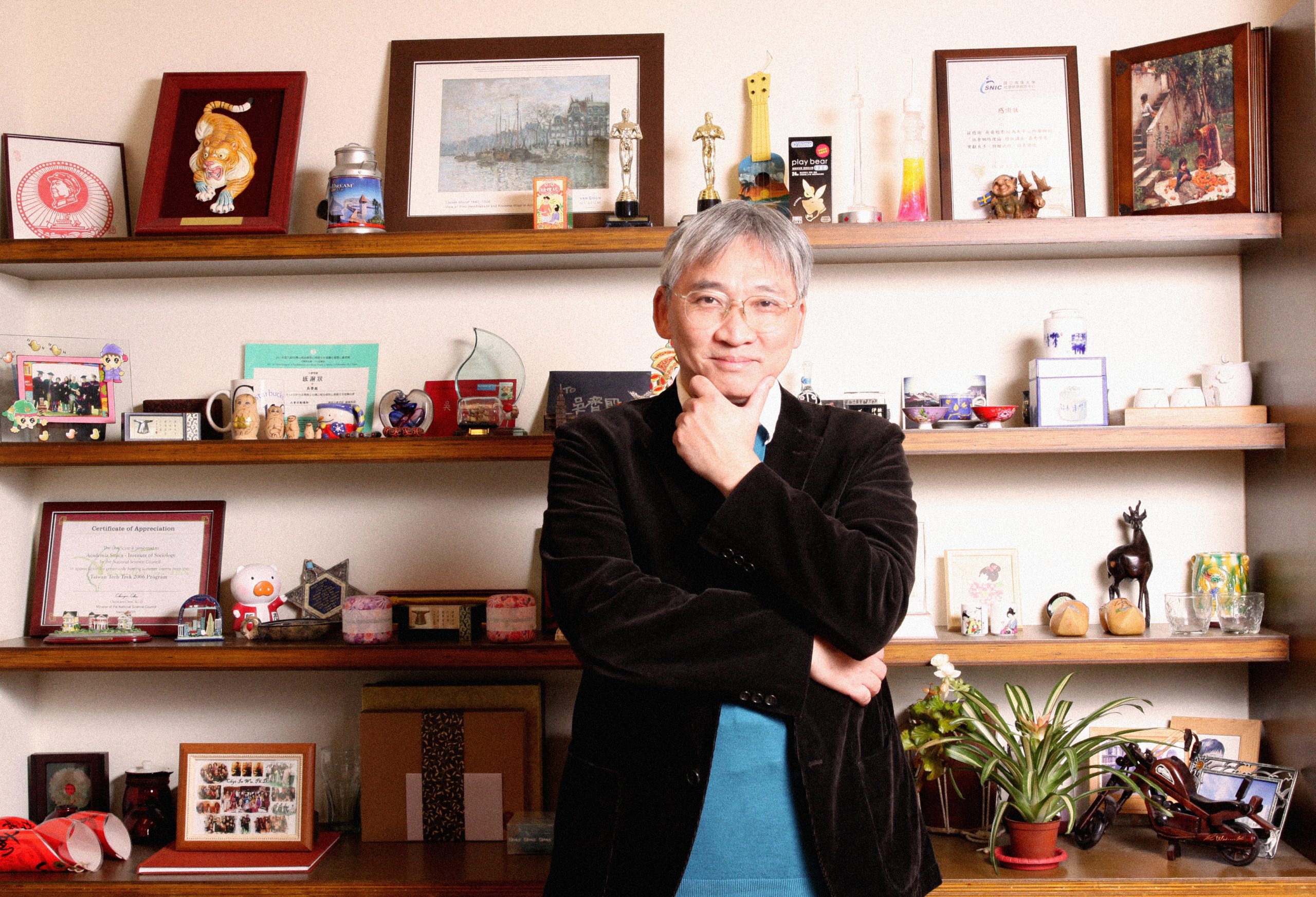
Chyi-In Wu hopes to help us understand the love-hate relationships that exist between peers and that students dare not step up to confront bullies for the important reason of survival and self-preservation.
Image | Research for You
These are unique sociological perspectives that can be easily overlooked or misunderstood when we discuss bullying as the “violence problem” rather than correctly see it as a “relationship problem.” Hopefully Wu’s insights can pave the way to finding an innovative solution to bullying that gets to the root of the problem and accounts for all players in the picture.



